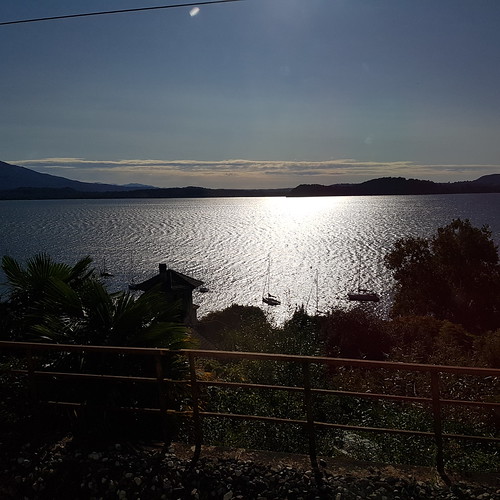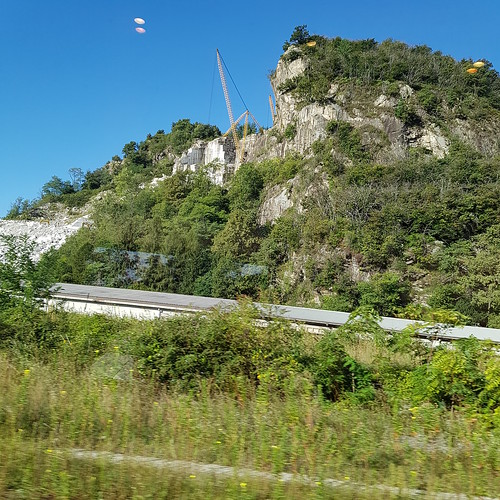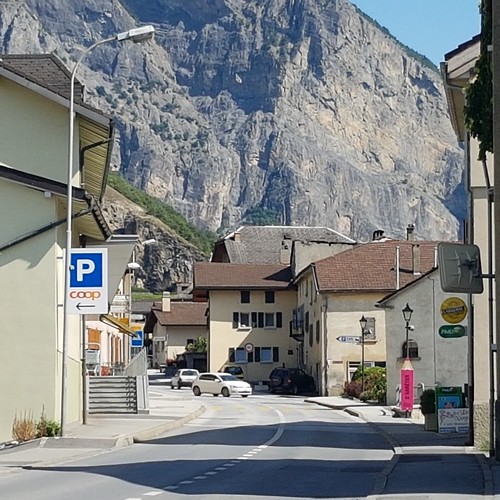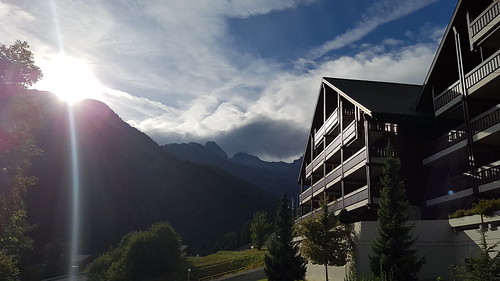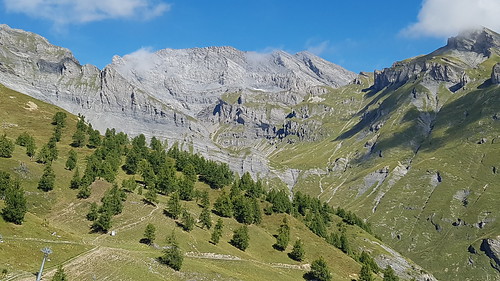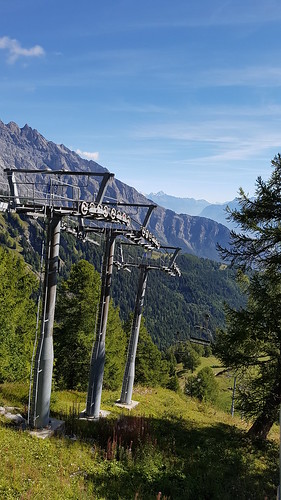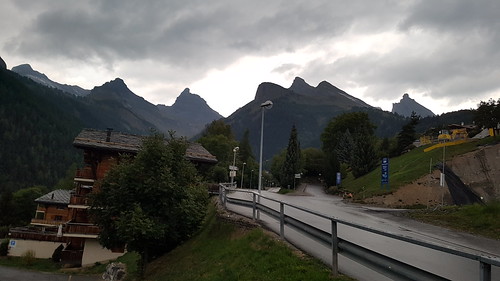Someone posted a craft link to my Facebook feed the other day on how doing craft stuff and buying craft stuff were two separate hobbies. I totally understand this.
Yesterday, I bought some mechanical pencils. When I lived in Ireland, basically, if you wanted a mechanical pencil, it was a 0.5mm or a 0.7mm you got. And the choice in the cheap price range was a bit pathetic. This is why I tended to bulk buy mechanical pencils when I was out foreign. They had pretty pencils. They had good pencils like Uni Kuru Togas and Uni Shalakus. They were pretty, and they came in a nice range of colours and as 0.5s went, they tended to stay fairly pointy.
When I started drawing I realised that I needed something slightly finer again to deal with fur. I drew mice.
And evil looking kittens.
And I struggled to find anything finer, like that really nice 0.3 the guy on the Youtube video was using. I tore Dublin apart looking either for a clutch pencil that was nice and long (duh) or a 0.3. I eventually found a 0.35mm Faber Castell. For a long time, that was the only 0.3 pencil I had. I bought some class of a Japanese one in Delfonics in Paris once for a friend who liked particularly lethal stationery and spent months afterwards regretting not buying two.
We’re talking about 0.05mm here but the other problem with this is the lack of replacement leads.
Which brings us to yesterday. I discovered another stationery shop in Luxembourg a few weeks ago and yesterday, I got to go and Check It Out. It didn’t have Uni Kuru Togas (pity) but it did have a few Pentel Orenz in various sizes. I have coveted a Pentel Orenz for ages. I actually owned one (having picked it up in Delfonics in Paris a few weeks’ ago) but they had them in a lot of different sizes and colours. And they had other Pentels that I didn’t see too often. I’ve a bundle of Pentels in the mechanical pencil role but they are 0.5s and 0.7s.
You know, when you start drawing they keep telling you to, you know keep trying stuff till you find what you like. I have a lot of pencils both wood case and mechanical and clutch. I’m finding that I like different pencils for different things.
Anyway, my little eyes lit up, and I bought 2x 0.2s and 2x 0.3s. I was strong on the 0.7 and 0.5 front, even to the extent of not buying a 0.5 Pentel Graphgear which I sort of thought I didn’t have but rationalised it on the grounds that I had about 4 Kuru Togas and 5 Shalakus, all 0.5. And that wasn’t including all the other 0.7s (hello Faber Castell and Caran d’Ache). There’s a moratorium on a number of stationery items at the moment although it’s possible if they were selling Kuru Togas in anything other than a 0.5 I’d have capitulated.
Today then, I needed to find homes for these new pencils, the joy of my life, which which I would be drawing fur till the cows came home, metaphorically. I have seen no cows since I left Ireland. As part of that job I also did a census of boxes of mechanical pencil leads. I took the opportunity to tidy out the pencil section of my tool box (this means I didn’t deal with the fineliners) as well. From this experience I learned that I have a lot of 0.3mm mechanical pencils. Now, the one that was in my handbag pencil case has been causing trouble but because it was one of 3 Staedler Mars I’m not entirely sure whether it’s the same one that came out of my handbag pencil case (it’s a small case to impose discipline), these new ones which I got yesterday and the infamous Faber Castell 0.35 which I bought a few years ago from the only shop in Dublin which did, at the time, sell something that fine.
As a result of this exercise – I deliberately did not take any photographs, I have discovered that
- the reason my tool box wouldn’t close was because it had LOADs of pencils in it. It’s still pushing it tightness wise but it looks less uck than it did this morning
- I have enough pencil lead to open my own shop but surprisingly enough, the lead I am least well supplied in is 0.7 of any graphite grade. I have more 0.3, and 0.2 than I have of 0.7. I think this is linked to panic buying. IF you know every shop will have some variety of 0.7 then you don’t panic about it. Given that historically I’ve found it impossible to get either 0.3 and smaller pencils and associated lead, I clearly binge bought it any time I saw it.
- My desk is nice when it’s tidy.
- I also have a lot of international ink cartridges, colour blue (they were in the same drawer as the pencil lead supplies). I have no idea what to do with them; I have plenty of fountain pens, this is true, and many of them even take international cartridges (I have loads of Lamys too). But I really have no idea how I accumulated so many blue cartridges because I do not buy them. I’m pretty certain I did not ship them from Ireland. And while you tend to get a cartridge or two when you buy a cheap fountain pen (like 10E worth of neon colour plastic things), I still seem to have an order of magnitude more blue cartridges than can be reasonably explained by the number of dirt cheap plastic school kid fountain pens I have acquired in the last year.
- If I had any guts I’d do something about the fineliner supply in my tool box but to be honest, I think one of the key issues there is the inability to differentiate between the “live” fineliner and the “spare fineliner because the wretched things go dry at the most inopportune times”.
Anyway, courtesy of this morning’s work, my pencil lead selection is currently tidy, and there is a moratorium on buying any pencil lead at all. Whatever I have, I need to work through and this includes the random colour lead I seem to have acquired as well. No more. Although, no wait, I am allowed get graphite when I run out of that. But we’re talking about an event sometime in the long term here.
I’m getting good at actively not buying any more cheap plastic fountain pens (I dread finding out about the colours of next year’s special edition Lamys). This at least is not adding to the orgy of blue ink in one of my stationery drawers.
I need to spend more time drawing. I did a dragon for Inktober the other day but I seem to lack the time to actually do anything major, any painting lately. I also started designing this year’s Christmas card – I’d apologise but the Christmas card designs tend to need to be done several times. I don’t have any of my large format watercolour paper with me so it gutted me this morning to do this, but I bought some. I have about 150 sheets of the stuff in Ireland. That aside, I think one of the key reasons I don’t draw much is that my desk suffers from Flat Surface Law Syndrome, the one that says No Flat Surface Remains Uncluttered for more than 5 seconds.
For weeks I’ve considered that a good solution to the lack of desk space would be buying more desk space but really, I think what I need are more shelves. It frustrates me that I can’t keep my home desk tidy when my work desk looks immaculate. I think it’s because my electricity bill does not travel to my work place. Things wind up on my desk though because there is no home for them.
There was a time I used to buy books and CDs. They did, in all fairness, take up more space.








